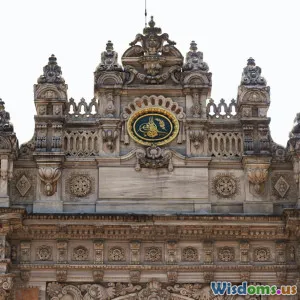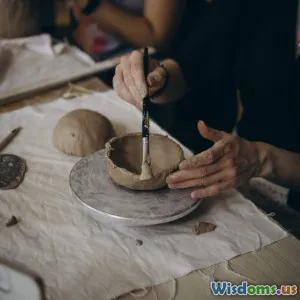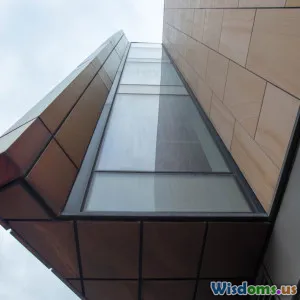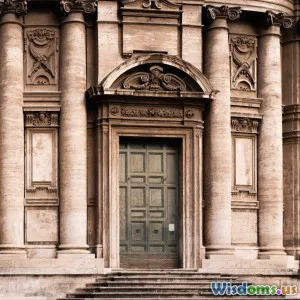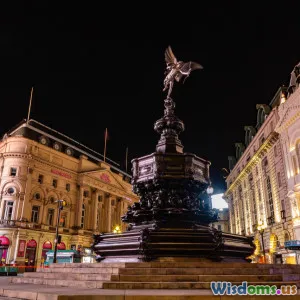
Decrypting Freemason Symbols in Modern City Architecture
15 min read Discover the hidden meanings of Freemason symbols embedded within modern city architecture worldwide. (0 Reviews)
Decrypting Freemason Symbols in Modern City Architecture
When one strolls through the grand avenues and bustling plazas of the world’s cities, the stone and steel about them may conceal deeper mysteries. Much has been written about the Freemasons—a society reputed for its secrets, rituals, and symbolism—but few recognize how their cryptic emblems are often etched into the very skylines of our metropolises. Decoding these elements not only reveals hidden histories but also lends new appreciation for the artistry that shapes our public spaces.
Unveiling the Building Blocks of Masonic Symbolism
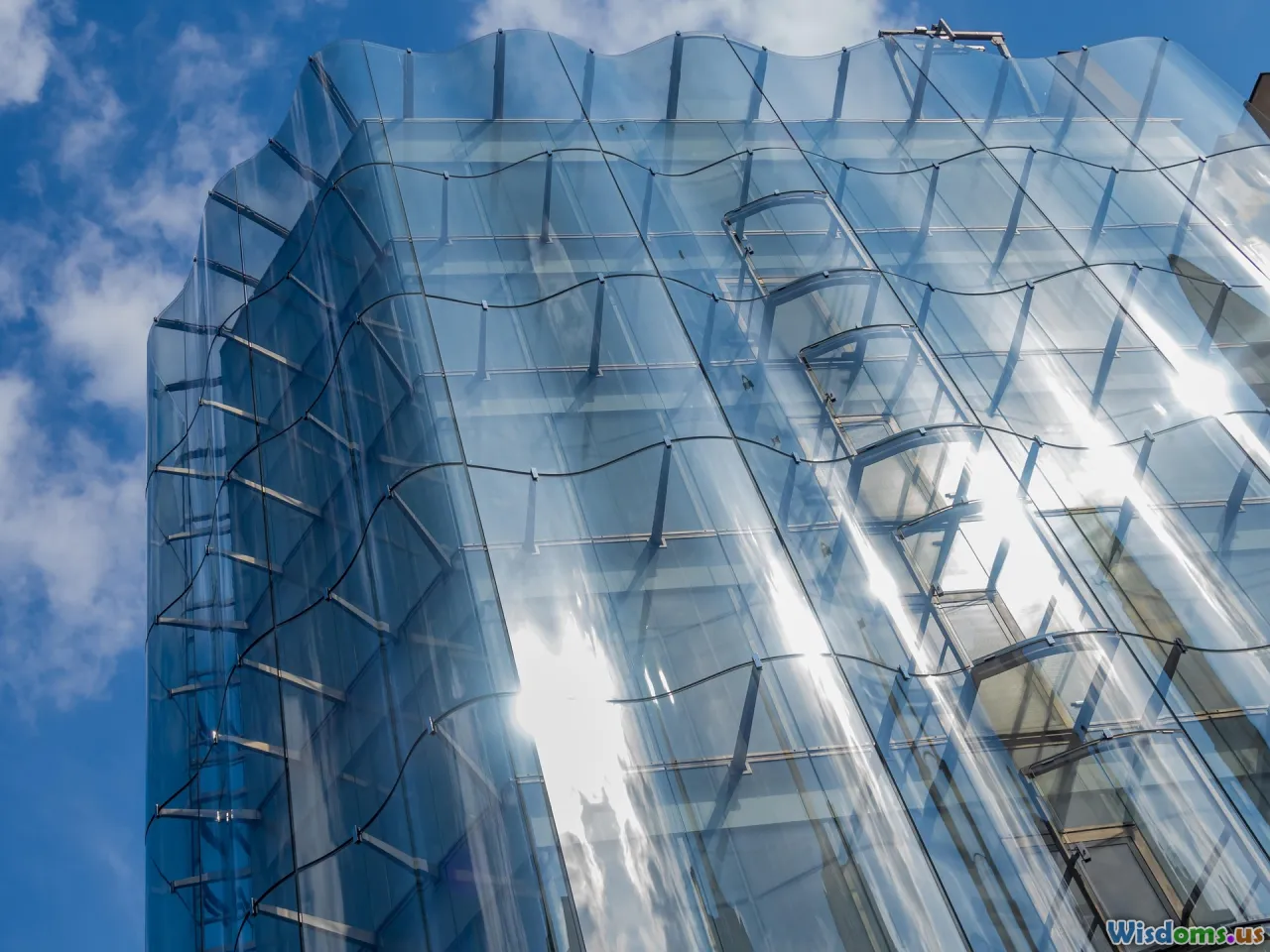
Freemason influence in city design is rarely direct or overt; rather, it manifests subtly through symbols embedded in ornamentation, layouts, or spatial alignments. Central to Masonic tradition are motifs like the square and compass, the all-seeing eye, pillars, and checkered floors. Each symbol has both literal and metaphorical meaning, woven into the lore and ritual of Freemasonry.
Square and Compass: Geometry in Context
Arguably the most recognizable Masonic symbol, the square and compass represent not only the architect’s craft but also the virtues of moral uprightness and wisdom. In architectural detail, these shapes often appear as motifs in pediments, cornices, wrought ironwork, or even in the formation of window layouts. For example, Boston’s State House, constructed under the direction of notable Mason Charles Bulfinch, features reliefs that strongly allude to this iconography.
The All-Seeing Eye and Enlightenment Ideals
Frequently found at the apex of pyramidal shapes or atop pediments, the all-seeing eye symbolizes the concept of divine watchfulness. While most are familiar with this eye from the U.S. one-dollar bill, a physical example can be spotted above the entrance to Paris’s Grand Orient de France building. Its placement is a subtle yet clear nod to the ongoing pursuit of intellectual and societal enlightenment, a value prized by the fraternity.
Urban Grid Patterns and Sacred Geometry
Freemasonry holds sacred geometry in exceptionally high esteem. Cities such as Washington D.C., famously planned by Pierre L’Enfant (possibly influenced by Masonic ideas), bear witness to this: the spatial layout utilizes star shapes, diagonal avenues, and critical focal points that echo principles from ancient geometry. The formation of city plazas at intersecting sight lines often corresponds with the templates used in Masonic lodges.
Masonic Pillars: Guardians of Entry and Space
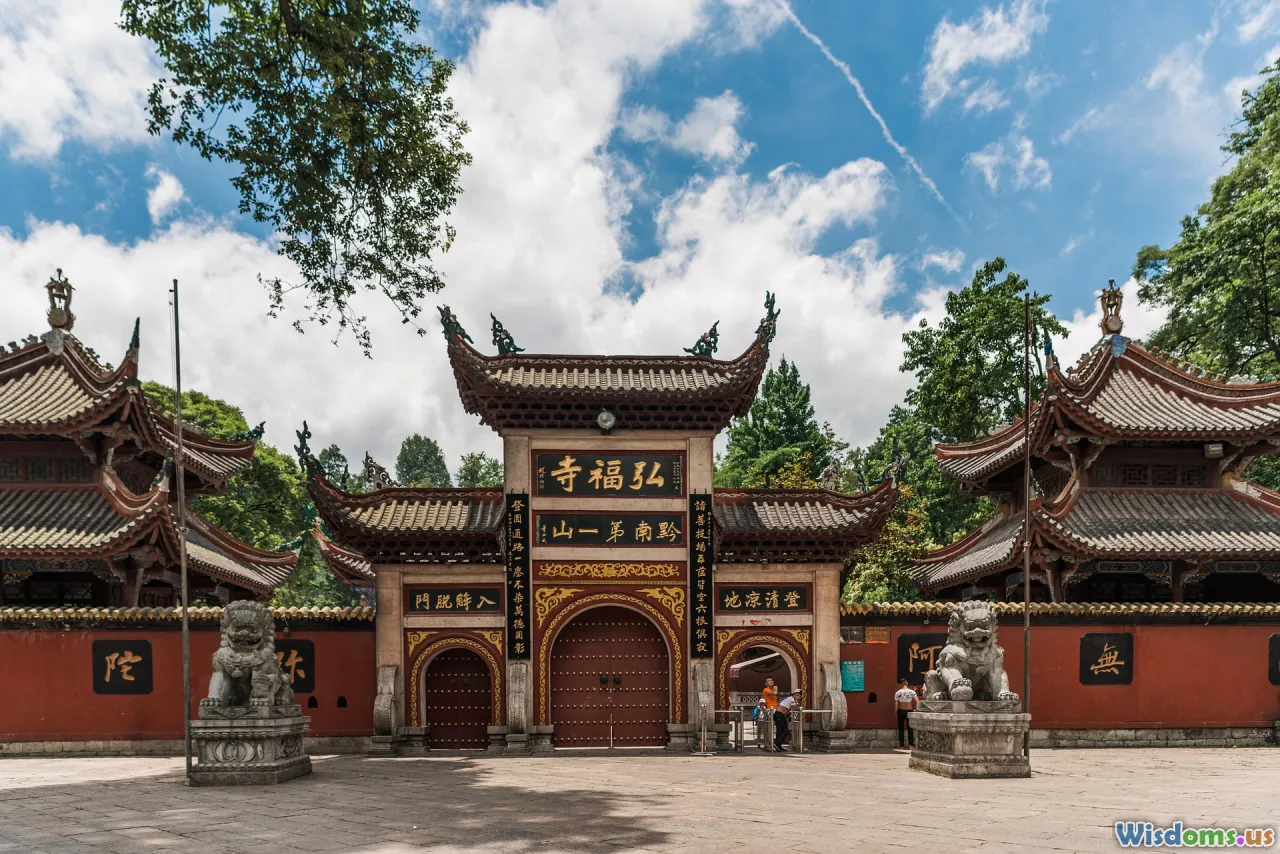
From ancient temples to municipal buildings, pillars have symbolized strength, stability, and dualities—fundamental Masonic concepts. In Freemasonry, the twin pillars Jachin and Boaz guarded the entrance to Solomon’s Temple and were incorporated into the layout of lodges.
Classical Pillars in Civic Architecture
Look closely at courthouses, museums, and even major train stations: the use of dual pillars is pervasive. New York’s Grand Central Terminal and London’s British Museum feature open arcades and porticos framed by such twin columns. They are not only aesthetic choices but invoke the idea of a gateway to higher knowledge or initiation, consistent with Masonic thinking.
Contextual Layering: More Than Support
While most laypersons view pillars as structural necessities, in Masonic doctrine they also imply a gateway balancing opposing forces or ideas. Chicago’s city hall, for instance, features ionic columns topped with intricate capitals, referencing the multiplicity of cultural traditions—all resonating with Masonic emphasis on unity through diversity.
Iconic Emblems Embedded in Urban Landmarks
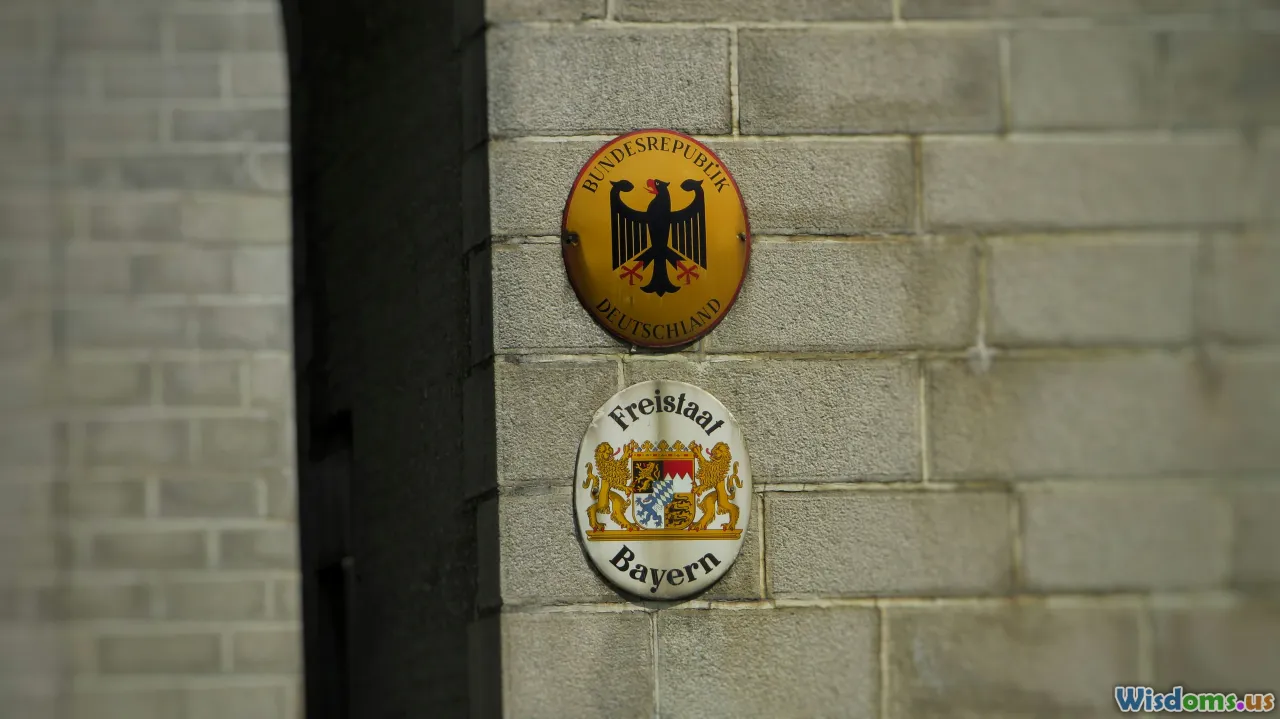
Not all Masonic marks are grand architectural gestures; small but intentional insignias abound in decorative flourishes, stonework, and floor mosaics. The careful placement of specific symbols invites attentive observers to participate in a game of urban semiotics.
The Checkered Floor: Order Amidst Chaos
Famed for adorning the floors of Masonic lodges, black-and-white checkered tiles represent life's duality: good and evil, ignorance and enlightenment. Step inside Philadelphia’s Masonic Temple, and you’ll see its grand staircases and foyers paved in marble checks—a subtle signal to those who know where to look.
In city contexts, checkered patterns often appear in bank entrances, hotel lobbies, or subway stations. Take London’s Bank of England—the vestibule contains tiled designs said to reference old guild marks and possibly, though more discreetly, Masonic inspiration.
The Pentagram and Star Patterns
While five-pointed stars have many meanings, their repeated use in city seals, public squares, or even on flags (notably, Washington D.C.’s and the layout of its Capitol Mall) sometimes aligns with Masonic ritual use. The particular orientation or grouping of these stars may evoke the concept of "man perfected" (a symbolic reading of the pentagram) and convey ideas about the harmony of cosmos and society.
Analyzing Decodeable Monuments: City Case Studies
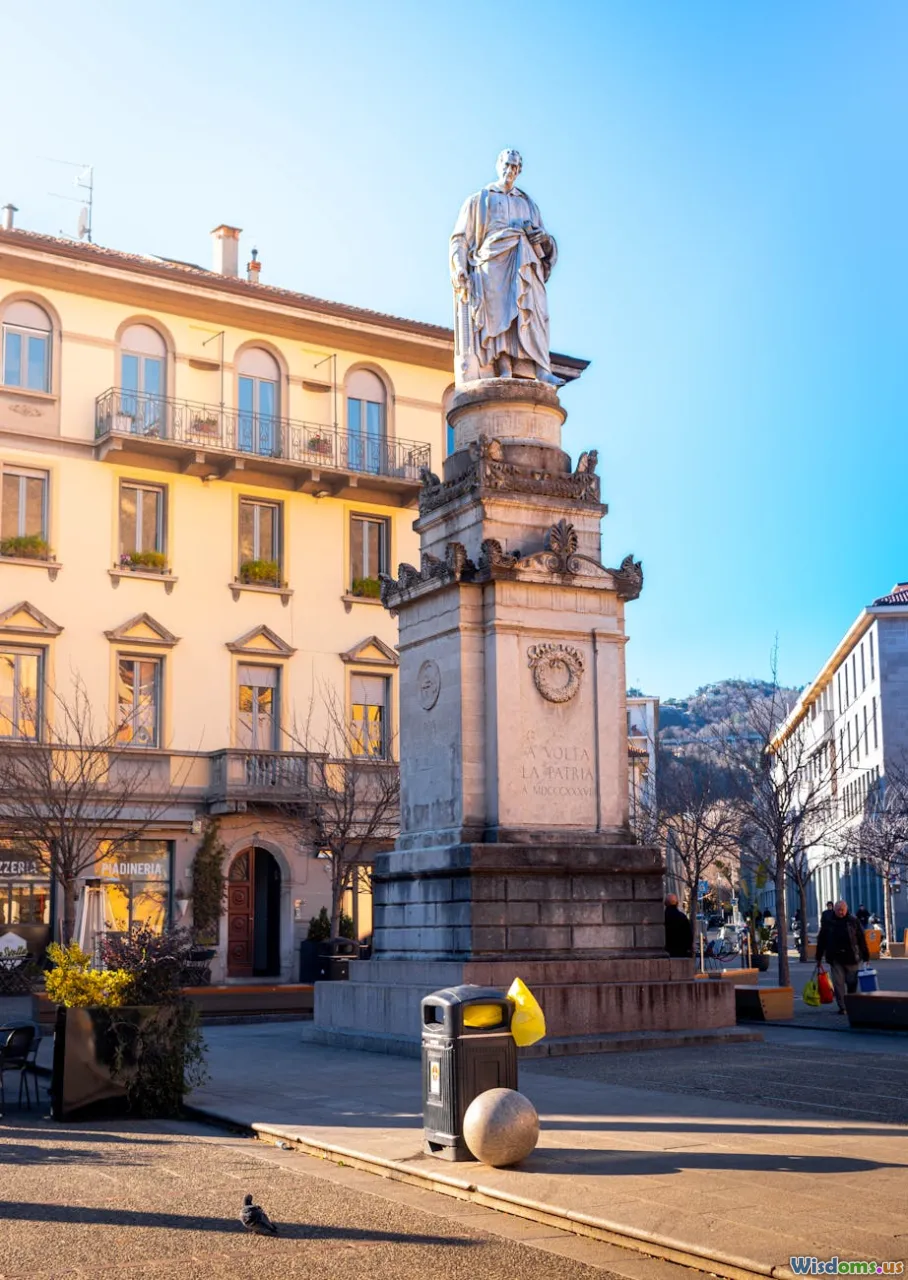
To truly grasp the breadth of Masonic influence, let us delve into examples from iconic cities, examining how symbolic motifs populate urban fabric.
Washington D.C.: A Blueprint of Enlightenment
Beyond its reputation for governance, Washington D.C. is a masterpiece of encoded meaning. Speculation abounds over Pierre L’Enfant’s street grid, which overlays axes aligning the U.S. Capitol, the White House, and obelisks in geometrically significant ways. For instance, the placement of the Washington Monument—a towering obelisk inspired by ancient Egypt—nods directly to Masonic reverence for the ancient mystery schools.
Masonic cornerstones have been ceremonially laid at many of the capital’s structures, including the Capitol Building itself, further supporting the city’s esoteric connections.
Paris: Lodges in Stone
Parisian landmarks such as the Louvre and the historic Hôtel de Ville are adorned with hidden references—from sunburst patterns over windows to stylized aprons carved into façade detailing. Perhaps most striking is the Place de la Concorde, whose central obelisk is not only an import from Luxor but stands as a silent tribute to the Masonic idea of the “light” of knowledge at the heart of civilization.
Buenos Aires: South American Symbolism
Buenos Aires' Palacio Barolo exemplifies mystic symbolism in Latin American cityscapes. Designed by Mario Palanti, a Mason, the tower's architecture draws inspiration from Dante’s "Divine Comedy" and is structured in 22 floors, corresponding to esoteric numerology reverberated by Masonic teachings. Each turn within its central staircase and layout correlates with fundamental Masonic concepts of ascent and enlightenment.
Geographic Alignments and City Planning
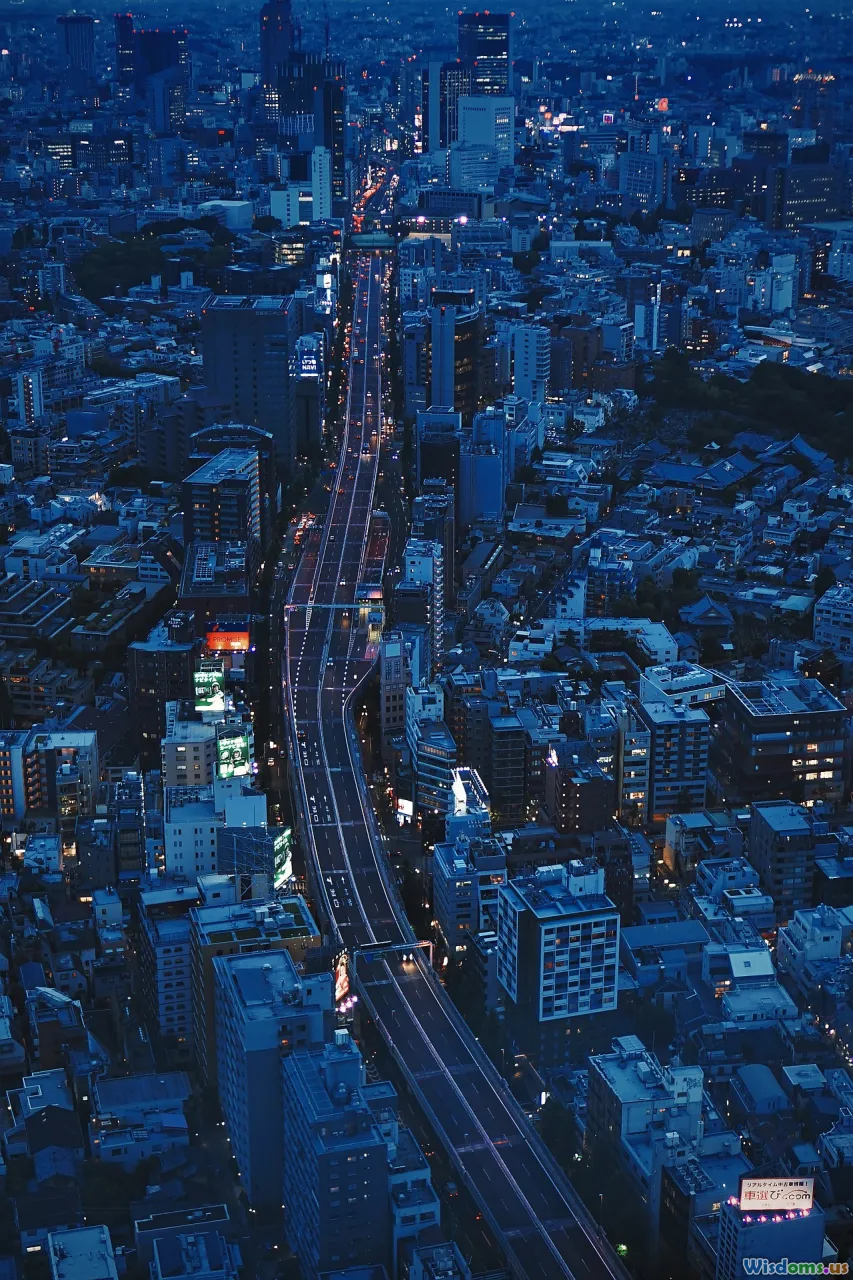
Beyond symbols, entire city templates can be scrutinized for Masonic influence. Grid-based planning, significant axial relationships, or even specific geographical placements may reveal creators’ esoteric intent.
Diagonal Streets and Energy Lines
Washington D.C.'s diagonal avenues were possibly designed to connect sites holding special significance, forming pentagrams or compass shapes when viewed on a map. Similar alignments can be found in Barcelona’s Eixample district, where Catalan modernism weds with geometric precision. Though not always Masonic in origin, such purposeful layouts frequently parallel the society’s passion for sacred proportions.
Sacred Numbering and Measurements
In New York, the homage towards certain numerology—such as 33 (the highest level in Scottish Rite Masonry)—appears in the heights or even addresses of skyscrapers. 33 Thomas Street, an unadorned yet imposing AT&T building, although not officially linked to Freemasonry, frequently appears in popular discussion because of these numeric coincidences.
The Role of Masonry in Cultural Memory and Public Rituals
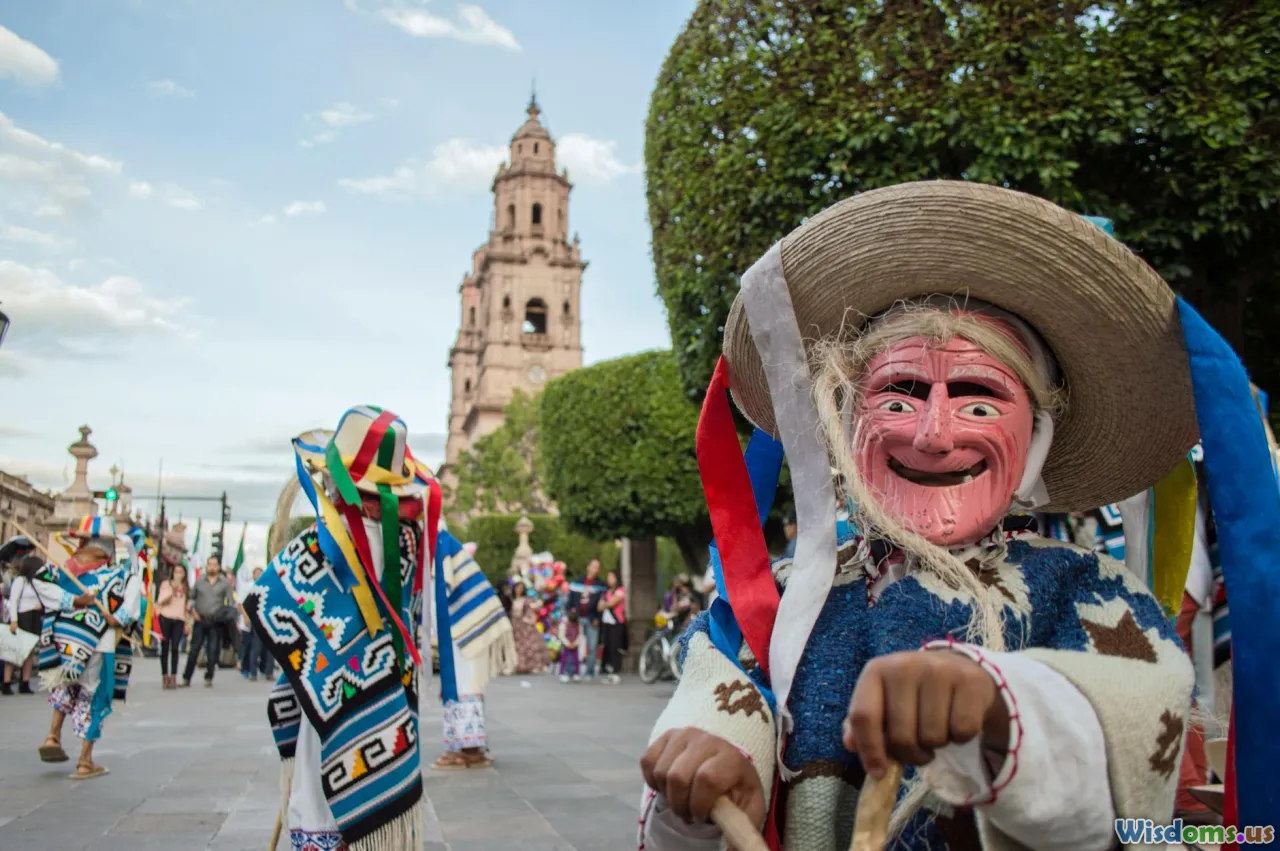
The placement of Freemason symbols was not mere vanity but intended as a living dialogue between the built environment and the civic populace. Public ceremonies, especially cornerstone laying events, forged an enduring marriage between Masonic ritual and city symbol.
Cornerstone Ceremonies: A Legacy in Stone
From the 18th century to the present, Masons have presided over the laying of foundational stones for major public works in cities like London, New York, and Ottawa. These events feature time capsules, engraved marks (such as Masonic dates and emblems), and offerings to posterity—all evidence of the continuing engagement between Masons and the urban realm.
In Ottawa, the original Parliament’s cornerstone was placed by the then-Prince of Wales in a full Masonic ritual. This historical convergence—political, architectural, and symbolic—has left a tangible legacy for the city's citizens to witness and decode.
How to Identify Masonic Symbology in Your City
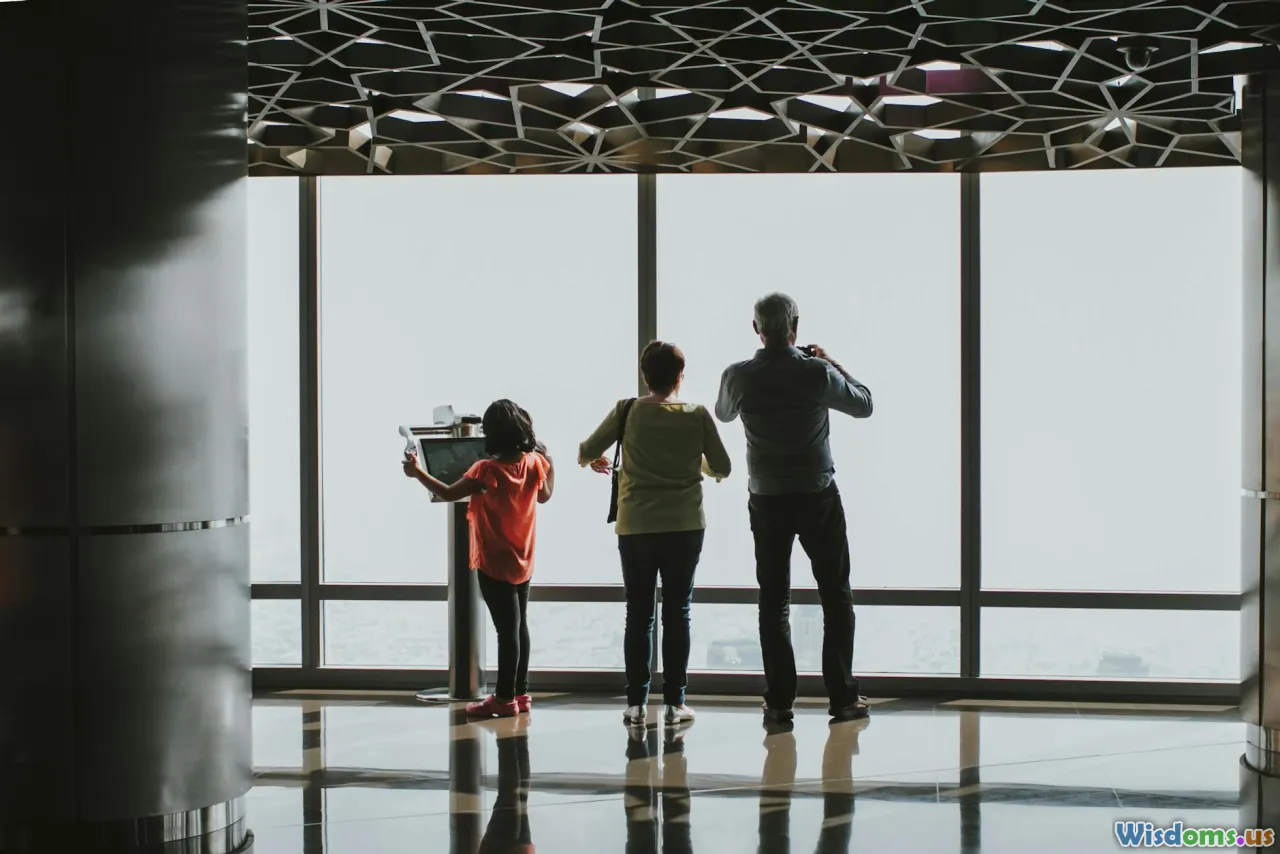
If you’d like to uncover these enigmatic marks in your own city, arm yourself with a keen eye and some basic knowledge:
- Look for Recurring Patterns: Triangles, compasses, eyes, and stars commonly appear in places of prominence—door lintels, gates, or public art installations.
- Investigate Historical Context: Research the architects or civic leaders responsible for the site. Masonic affiliation was often publicly acknowledged, especially in 18th- and 19th-century documents.
- Observe Floor and Ceiling Motifs: Check boards, tiles, and dome interiors for checkerboards or radial sunbursts—favorite motifs of Masonic design.
- Note the Numbers: Repeated sevens, nines, and elevens sometimes allude to numerological beliefs tied to Freemasonry.
- Consider Ceremonial Markers: Cornerstones frequently bear plaques with dates and distinguishing Masonic marks. These are key clues to look for in public buildings.
Armed with these techniques, urban explorers have a treasure map not of buried gold but of layered meaning inscribed above their heads and below their feet.
The Cultural Impact and Modern Relevance
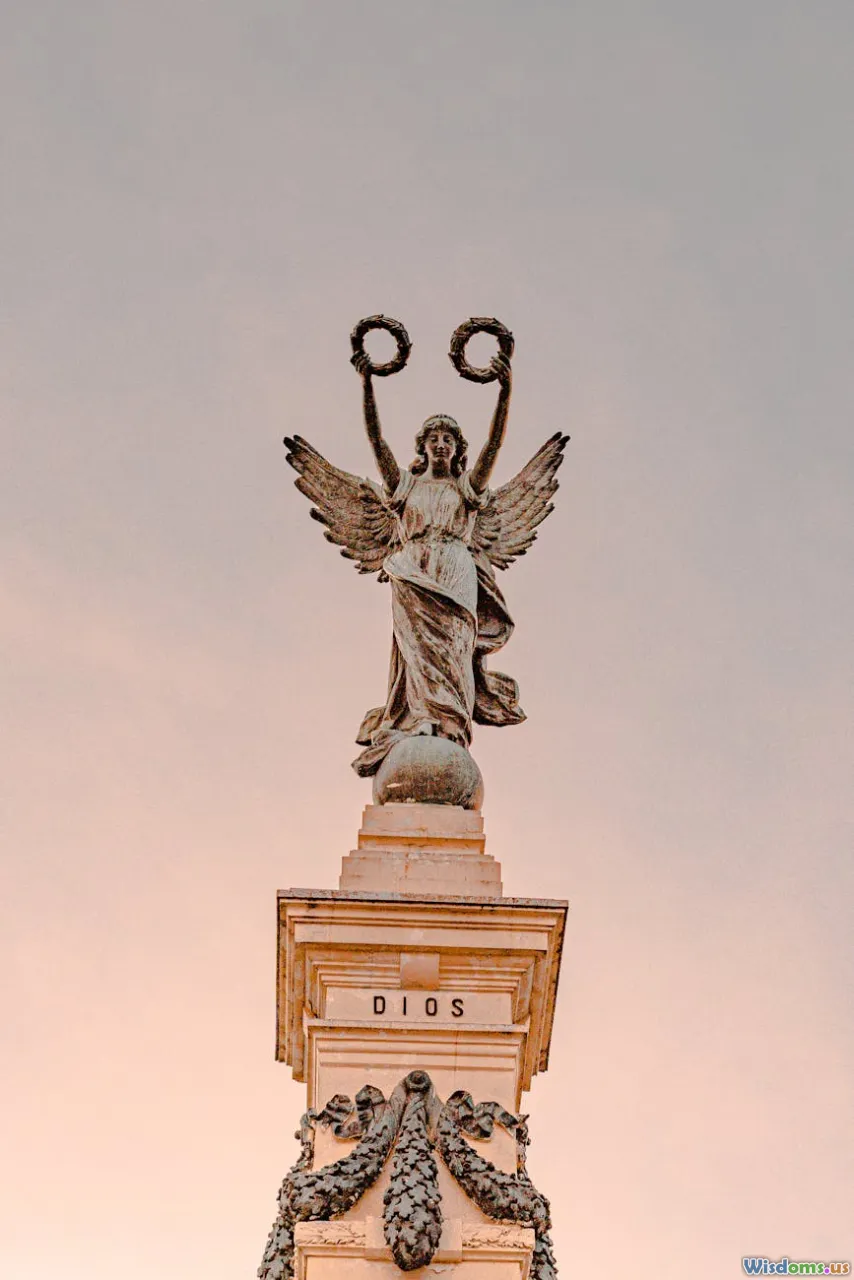
Some critics argue that deciphering Masonic markers verges on conspiracy thinking. Yet acknowledging their presence builds a richer understanding of how societies construct their identities. Masonic symbols are seldom clandestine afterthoughts; they reflect past generations’ values—rationality, brotherhood, intellectual progress—that continue to pulse through city life today.
Today, architects still reference classical geometry, hidden symbolism, and nods to enlightenment values. The resurgence of interest in urban symbolism, city walking tours, and local history groups ensures this legacy remains vibrant. Scholars, artists, and laypeople alike discover that these markings are less exclusive dogma and more shared touchstones for communal meaning.
The world’s great cities hold up a mirror to their builders’ deepest ideals. Next time you walk down a colonnaded avenue or cross a sun-dappled plaza, remember to look twice—you may find that the stones themselves are telling the city’s most cryptic stories.
Rate the Post
User Reviews
Other posts in Symbolism and Secret Codes
Popular Posts










